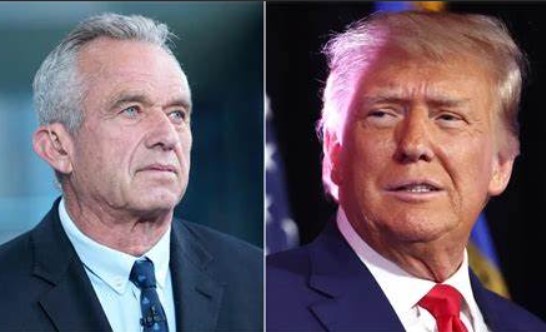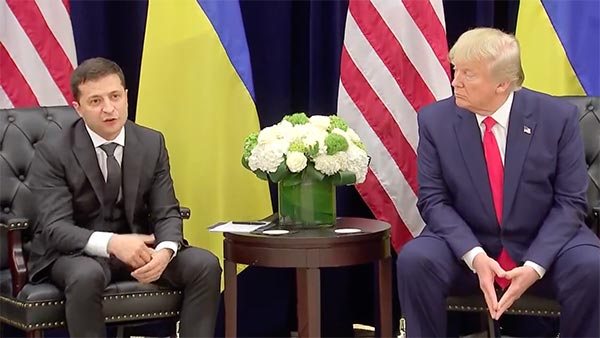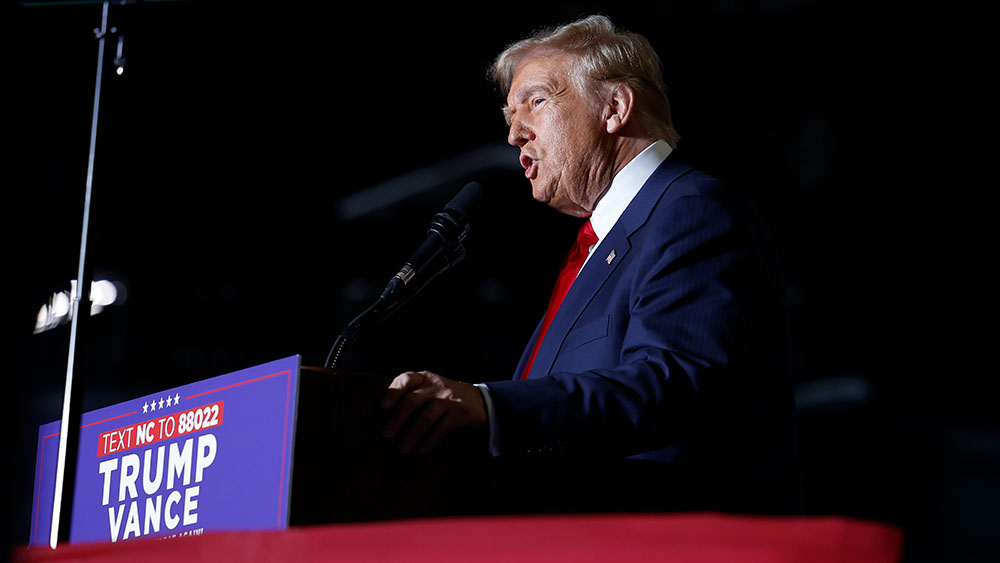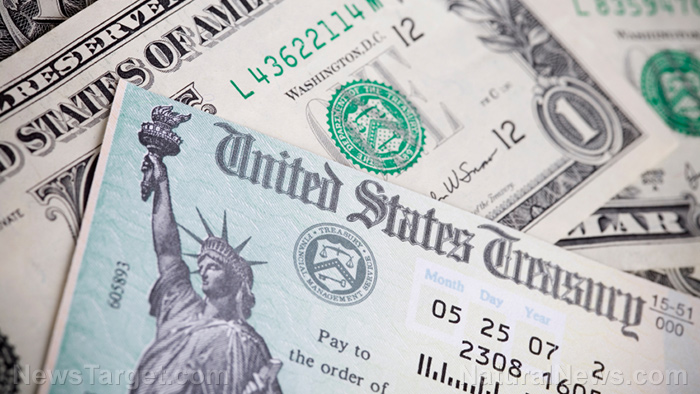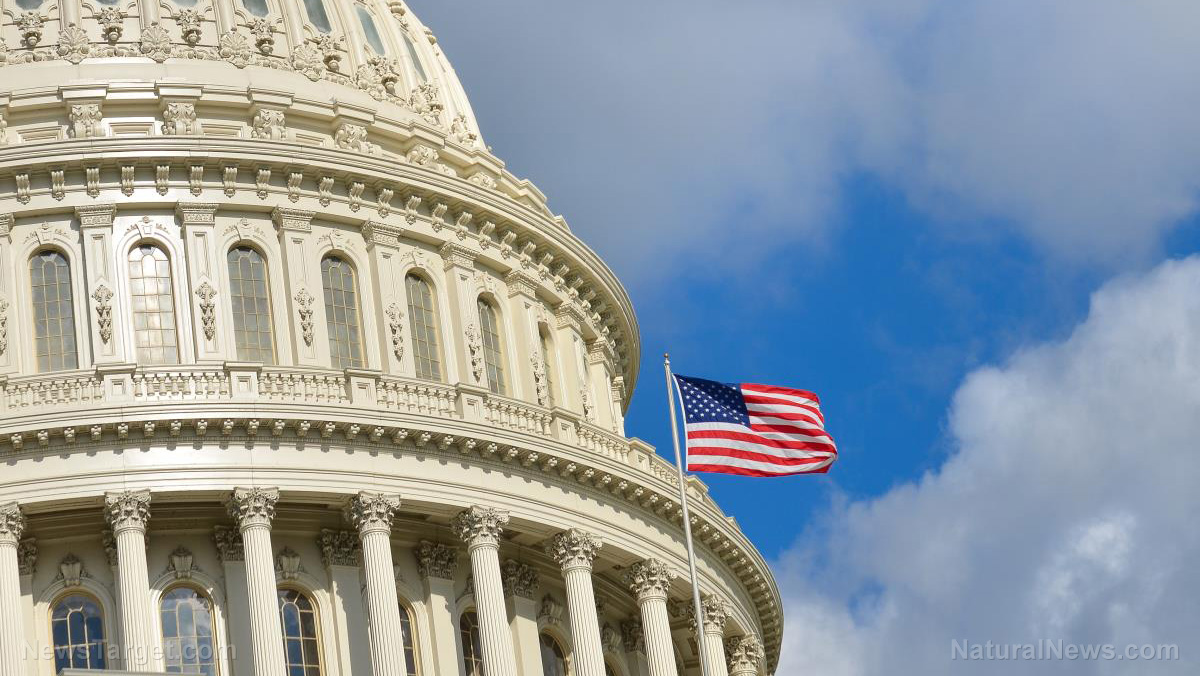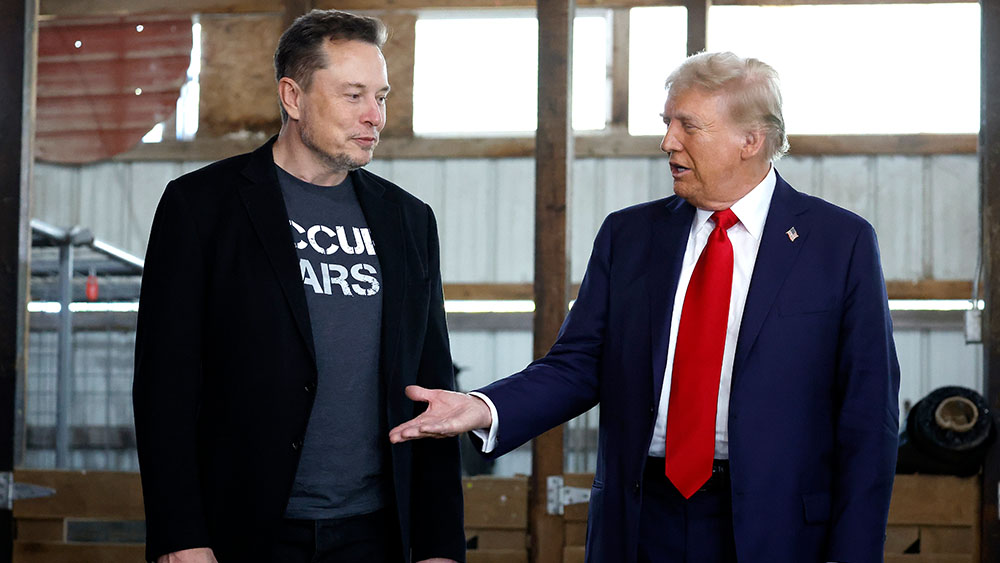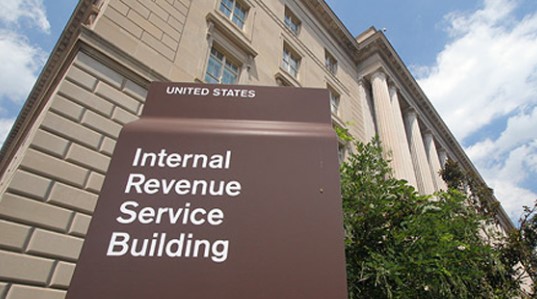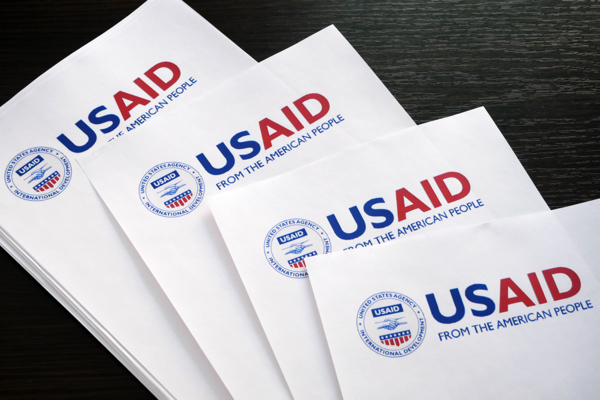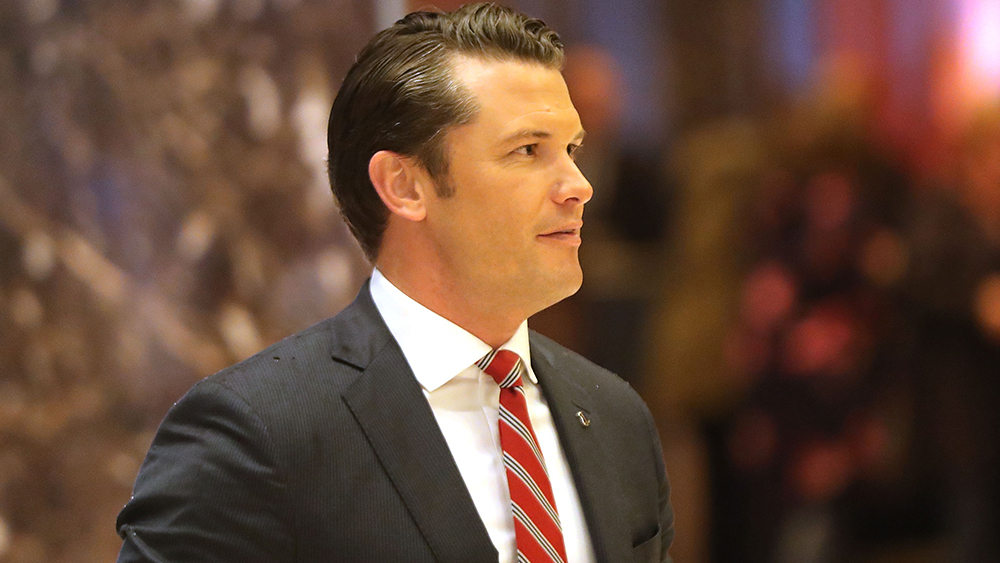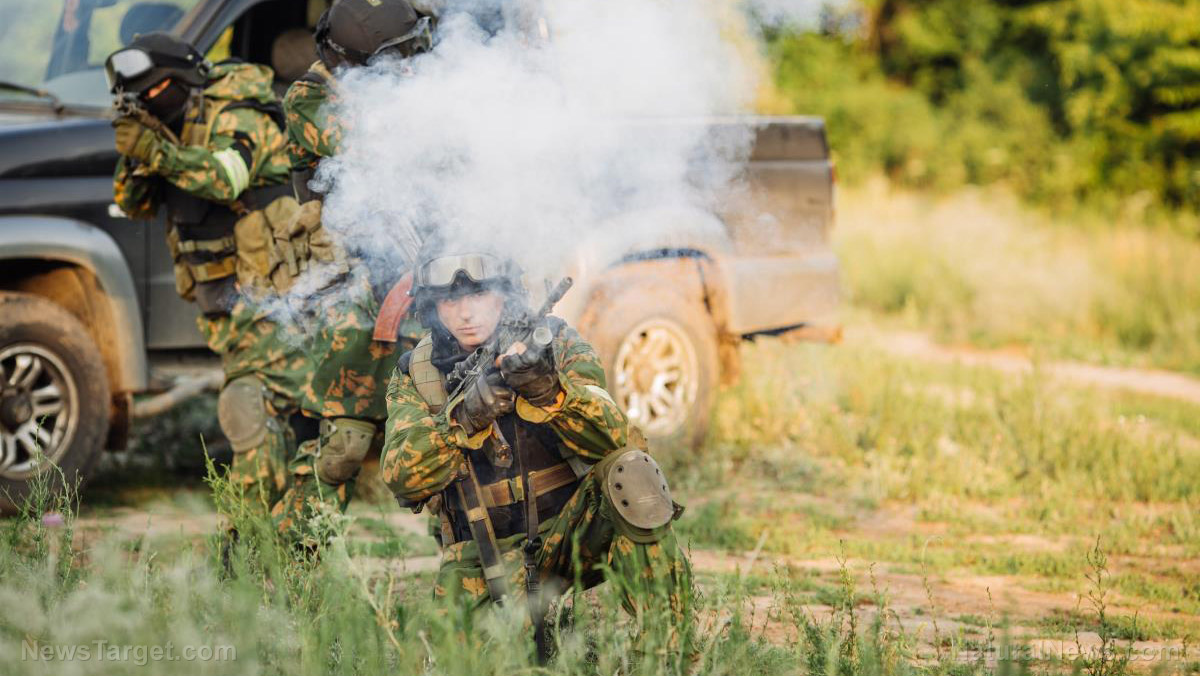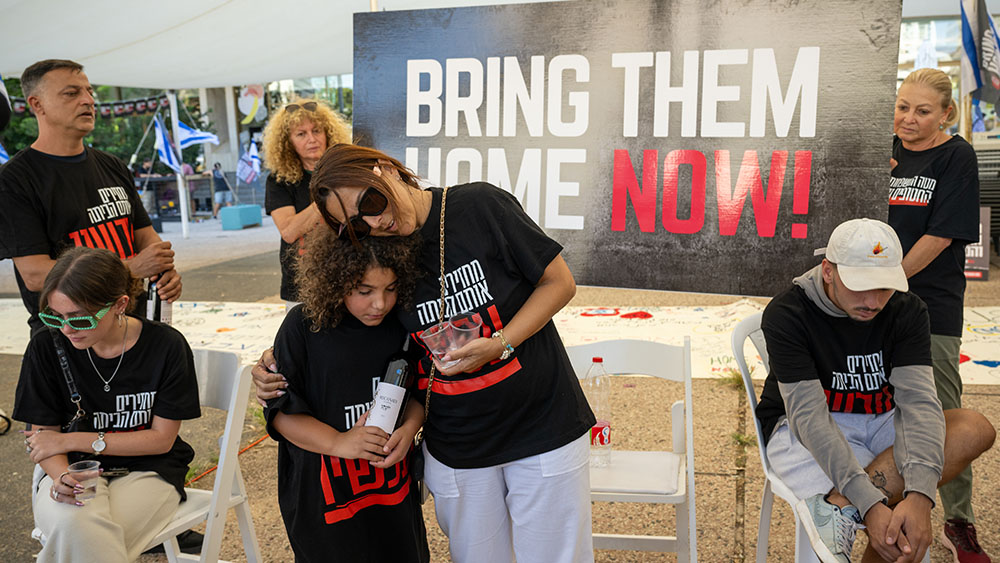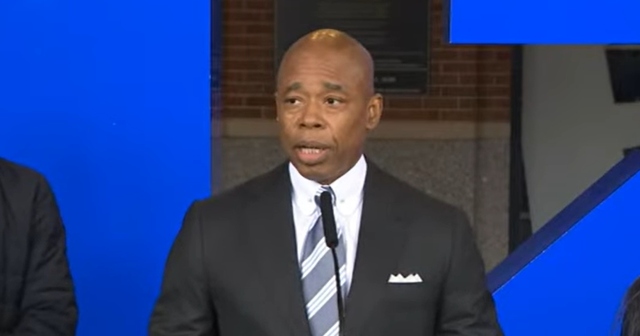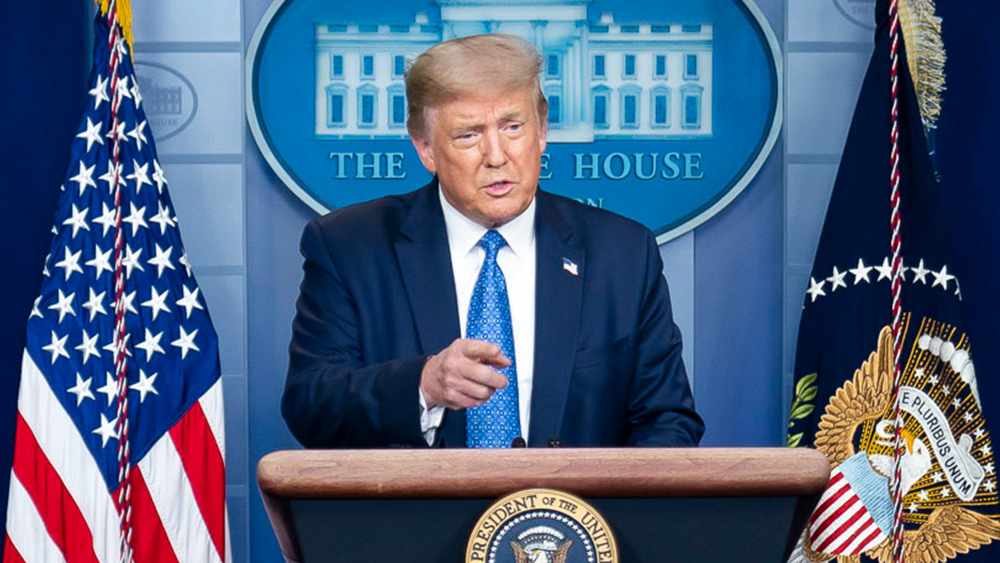Federal government ends sanctuary protections, expands immigration enforcement to SCHOOLS and CHURCHES
01/27/2025 / By Lance D Johnson
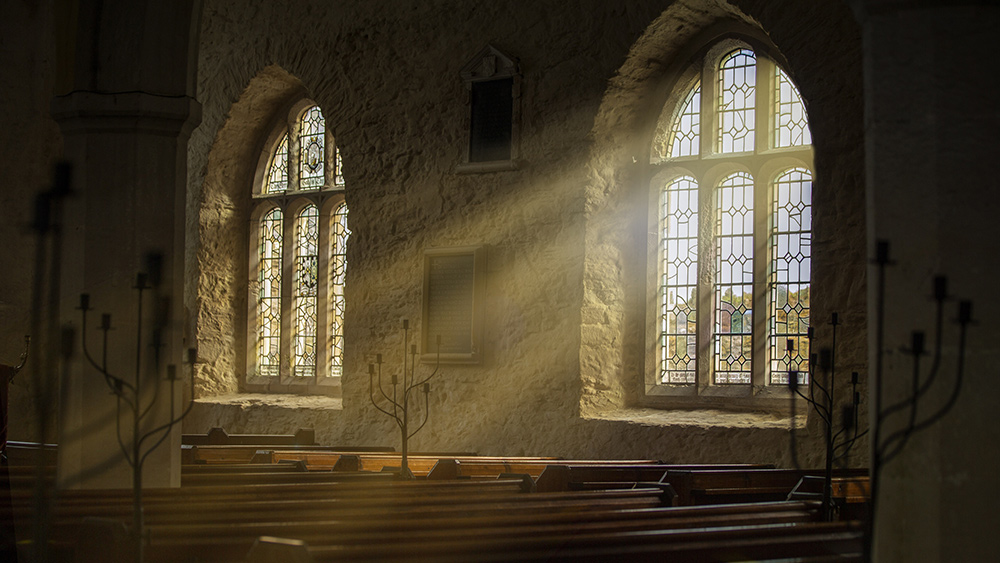
- The Trump administration rescinded 2021 guidelines that barred immigration arrests at “sensitive locations” such as schools, churches, and food banks.
- Federal officers with Customs and Border Protection (CBP) and Immigration and Customs Enforcement (ICE) are now empowered to make arrests at these locations.
- The administration also ended the broad use of humanitarian parole, limiting it to case-by-case approvals.
- President Trump has vowed to carry out mass deportations, targeting “criminal aliens” and those who entered the U.S. illegally under the previous administration.
- Immigration advocates warn the policy will instill fear in communities, while supporters argue it is essential to uphold the rule of law.
In a sweeping move to tighten immigration enforcement, the Trump administration has authorized federal officers to arrest illegal immigrants at previously protected locations, including schools, churches, and food banks. Acting Homeland Security Secretary Benjamine Huffman announced the policy shift on Monday, rescinding 2021 guidelines that designated such places as off-limits for immigration-related arrests. The decision, part of a broader crackdown on illegal immigration, has sparked fierce debate, with supporters praising it as a necessary step to restore order, and human rights advocates condemning it as an overreach that threatens vulnerable communities and separates families.
A shift in enforcement priorities
The 2021 guidelines, implemented under the Biden administration, expanded protections for illegal immigrants by prohibiting arrests at locations deemed “sensitive,” including schools, churches, homeless shelters, and playgrounds. These protections built on a 2011 policy that initially shielded schools and places of worship from immigration enforcement.
At the time, then-Homeland Security Secretary Alejandro Mayorkas emphasized the importance of balancing enforcement with humanitarian concerns, stating, “We can accomplish our enforcement mission without denying or limiting individuals’ access to needed medical care, children access to their schools, the displaced access to food and shelter, people of faith access to their places of worship, and more.”
However, the Trump administration has framed the rescission of these guidelines as a necessary step to restore order and prioritize public safety. “Criminals will no longer be able to hide in America’s schools and churches to avoid arrest,” Huffman said in a statement. “The Trump Administration will not tie the hands of our brave law enforcement, and instead trusts them to use common sense.”
Mass deportations and policy overhaul
The move is part of a broader immigration enforcement strategy that includes mass deportations and stricter border controls. On his first day in office, President Trump signed multiple executive orders aimed at curbing illegal immigration, including declaring a national emergency at the U.S.–Mexico border and clarifying that U.S. policy seeks to prevent illegal entry, remove all illegal immigrants, and prosecute those who facilitate their presence.
“With these actions, we will begin the complete restoration of America and the revolution of common sense,” Trump said in his inaugural address. “All illegal entry will immediately be halted, and we will begin the process of returning millions and millions of criminal aliens back to the places from which they came.”
Tom Homan, President Trump’s border czar, confirmed that deportation operations are already underway. “ICE teams are out there as of today,” he said on Tuesday.
The policy shift has drawn sharp criticism from immigration advocates, who argue it will instill fear in immigrant communities and deter individuals from accessing essential services. “Trump’s words and actions reveal the enormity of the danger we’re facing, which compels us all to mobilize to fight back,” said Kica Matos, president of the National Immigration Law Center.
On the other hand, groups advocating for stricter immigration controls have applauded the administration’s actions. “President Trump has broad public support for his promise to remove millions of illegal aliens in this country, beginning with criminals, people who have been issued final orders of removal, and the millions more who entered our country during the previous administration,” said Dan Stein, president of the Federation for American Immigration Reform.
Historical context and implications
The debate over immigration enforcement at sensitive locations is not new. The 2011 policy that initially protected schools and churches was implemented under the Obama administration, reflecting a recognition of the need to balance enforcement with humanitarian concerns. The Biden administration’s expansion of these protections in 2021 was seen as a continuation of this approach.
However, the Trump administration’s decision to rescind these protections marks a significant departure from recent precedent. It signals a return to a more aggressive enforcement strategy reminiscent of the early days of Trump’s first term, when ICE raids and deportations surged.
The policy shift also raises questions about its practical implications. Will federal officers prioritize high-risk individuals, or will the new guidelines lead to widespread arrests that disrupt communities? How will schools and churches respond to the presence of immigration enforcement officers on their premises? These questions remain unanswered as the administration moves forward with its enforcement agenda.
Sources include:
Submit a correction >>
Tagged Under:
Border Control, border security, churches, community, criminal aliens, fighting back, gangs, human trafficking, ICE, illegal immigration, immigration controls, immigration law, mass deportations, Mexico, national emergency, national security, offensive, public safety, schools, terrorist groups, Tom Homan
This article may contain statements that reflect the opinion of the author
RECENT NEWS & ARTICLES
Trump.News is a fact-based public education website published by Trump News Features, LLC.
All content copyright © 2018 by Trump News Features, LLC.
Contact Us with Tips or Corrections
All trademarks, registered trademarks and servicemarks mentioned on this site are the property of their respective owners.

